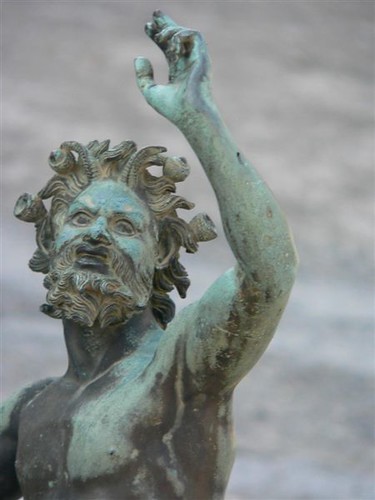
Reetta Vairimaa:
Ancient Rome is now in vogue. The popular television series produced by the BBC and HBO has stirred interest in many of the viewers about how the Romans really lived. Public libraries receive numerous queries on the subject every day. Interest in the topic is in fact so wide that one librarian thought it best to contact Paavo Castr?n, a professor emeritus in classical philology, for advice.
Castr?n was just the man to help. He has headed the Expeditio Pompeiana Universitatis Helsingiensis (EPUH), the Pompeii Project of the University of Helsinki, for five years, leading the group?s investigative work on Pompeian excavations. This September, Castr?n also published his book Pompejilaisia kohtaloita, ?Pompeian Lives?, later probably to be published in English and Italian.
?Fictive films and books about ancient Rome are good for our cause, as they capture people?s interest and make them ask questions. The series should, however, be watched as entertainment, not as a historical documentary,? says Castr?n.
Despite the welcome attention, Castr?n is frustrated by the sensationalism in fiction about Rome. ?Many details could just as easily be correct, if only the makers could be bothered to check. It is as if our history today were one day to be written based on tabloid headlines alone,? he says.
Castr?n?s own book is ?90 per cent fact and 10 per cent fiction?. It tells the stories of a freedman?s daughter who becomes a famous actress and of a reckless youth growing into a responsible mayor, and describes the everyday life of Marcus Lucretius, a cavalry officer of the city and a priest of Mars. All the characters are real people who lived in Pompeii; the House of Marcus Lucretius is the very site that the EPUH group is investigating.
?I have written about things as they could have been,? Castr?n says. ?The marriages and deaths I describe are realistic but fiction in as much as there is no historical evidence of them. My aim was to give as truthful an image as possible of the lives of people living during the classical period without sensationalising it, to show that even this can be interesting.?
Excerpt: "During the reign of the Emperor Nero, the Pompeians often had the pleasure of seeing performances by Paris, ?who was Nero?s favourite pantomimist. Admittedly, he was the best, and he was also very aware of his talent. A philosopher had once ventured to say to Paris that music was the single most important thing in the art of pantomime and that a performance without music could not exist. Paris is said to have responded by performing a scene portraying the adultery of Aphrodite and Ares, without music, with such conviction that it left little room for the imagination.
When Paris and his entourage and orchestra arrived in Pompeii, the whole town came out to see them. Those who organised the shows had made sure to put up advertisements along the streets and in neighbouring towns weeks earlier and many private individuals had scratched graffiti into walls in praise of the great artist. The most ardent supporters of Paris had formed an unofficial society, called the Paridiani. Paris performed both in the square and in the large theatre, where spectators had begun to assemble hours before the performance. He usually stayed at the house of the organising official, who was proud to be able to provide lodgings for such a notable guest and the Emperor?s favourite. In the meantime, the orchestra and their assistants carried instruments to the venue, while the choir practised in the smaller, covered theatre. When the show eventually began, it started off with performances by young, lesser-known artists, building suspense and excitement before Paris?s grand entrance.
Using my mother?s connections, I sometimes managed to see the rehearsals and even actual performances, and once I was fortunate enough to be allowed to watch Paris prepare for the show. He had numerous assistants in his dressing room, as well as a vast selection of women?s and men?s costumes, hanging on stands so that he could quickly and easily change into a new one during the performance. The clothes were luxurious, colourful and probably terribly expensive. Paris would sit by his dressing table, watching himself in the mirror as his assistants fitted wigs and masks on him. He seemed to get into his various roles by occasionally standing up and taking tentative dance steps, donning a flowing piece of costume while he did so. It was said that he went on concentrating like this for hours, and all the assistants had to be completely still the whole time ? unless a flautist had to rehearse the musical themes of the performance with the master."
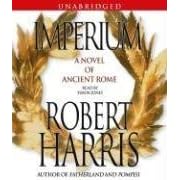 Once more, Harris delves into the inner workings of the Roman Empire only this time, he retreats back to the Republican era and creates a fictional biography of Marcus Tullius Cicero as seen through the eyes of his slave secreatary, Tiro.
Once more, Harris delves into the inner workings of the Roman Empire only this time, he retreats back to the Republican era and creates a fictional biography of Marcus Tullius Cicero as seen through the eyes of his slave secreatary, Tiro. 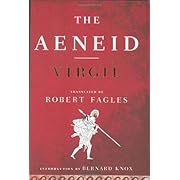









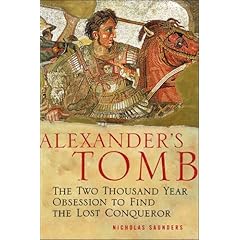









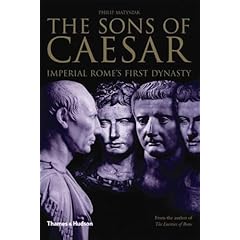











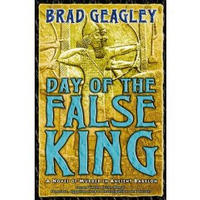
 Marcus Septimus. Despite warnings from the medicus that Libertus is too ill to speak to anyone, Marcus has come to beg Libertus for his help with a very serious matter: Marcus? wife Julia, and their son, Marcellinus, have gone missing. Everyone has been questioned, yet no one has answers. It?s as if Julia and Marcellinus have vanished into thin air?Then Marcus receives a ransom note wrapped in the hem of Julia?s stola. The message is short and direct: release Lallius Tiberius or Marcus will never see his family again. But who is Tiberius, and why is someone going to such trouble to free him? Libertus must help Marcus with his dilemma: give in to the kidnappers and sacrifice his reputation of being fair and unmoved by bribery, or stand firm and provoke unimaginable consequences?
Marcus Septimus. Despite warnings from the medicus that Libertus is too ill to speak to anyone, Marcus has come to beg Libertus for his help with a very serious matter: Marcus? wife Julia, and their son, Marcellinus, have gone missing. Everyone has been questioned, yet no one has answers. It?s as if Julia and Marcellinus have vanished into thin air?Then Marcus receives a ransom note wrapped in the hem of Julia?s stola. The message is short and direct: release Lallius Tiberius or Marcus will never see his family again. But who is Tiberius, and why is someone going to such trouble to free him? Libertus must help Marcus with his dilemma: give in to the kidnappers and sacrifice his reputation of being fair and unmoved by bribery, or stand firm and provoke unimaginable consequences?


 "Most people are familiar with Julius Caesar. But many of the other generals are just as noteworthy, among them Scipio Africanus. Most people know of Hannibal because he crossed the Alps with his army and waged war against Rome. Ironically, Africanus, who defeated Hannibal and ended the war, remains largely forgotten.
"Most people are familiar with Julius Caesar. But many of the other generals are just as noteworthy, among them Scipio Africanus. Most people know of Hannibal because he crossed the Alps with his army and waged war against Rome. Ironically, Africanus, who defeated Hannibal and ended the war, remains largely forgotten.